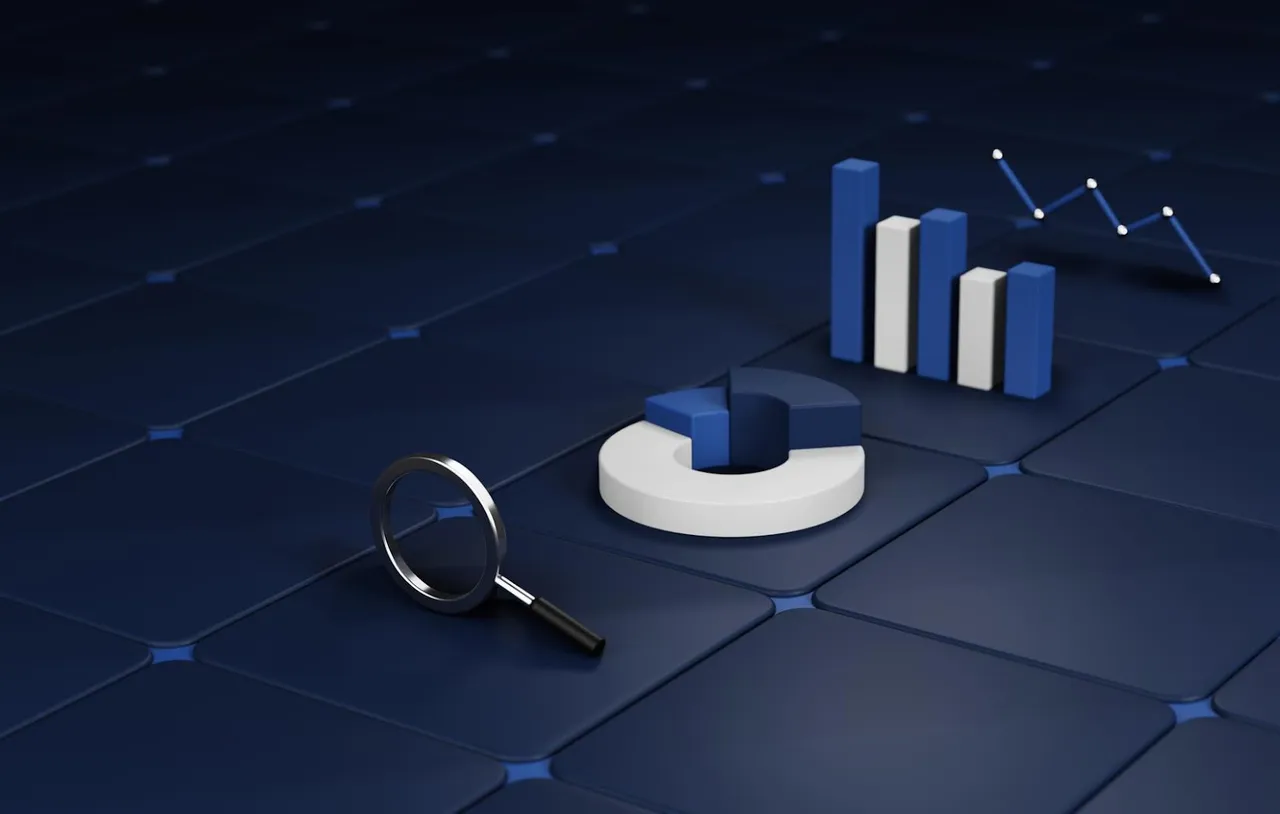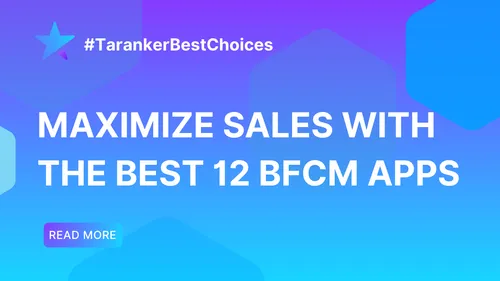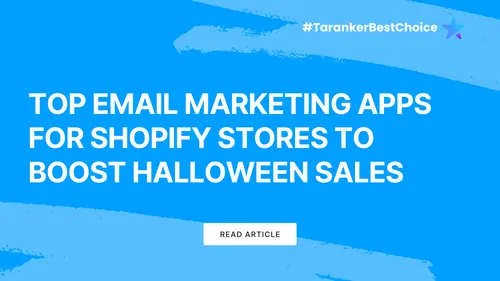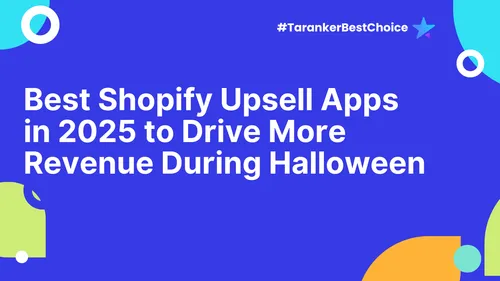Introduction
In the digital-first world of e-commerce, success doesn’t come from guesswork—it comes from data. Today’s most competitive brands are thriving not because they’re louder or flashier, but because they’re smarter. They use data to make informed decisions, understand customer behavior, and allocate resources where they count. This strategic shift is what we call data-driven marketing, and it’s a game-changer for Shopify merchants aiming for growth and profitability.
Gone are the days of broad campaigns and “spray and pray” tactics. With the tools available today, even small online stores can harness customer insights to optimize campaigns, personalize experiences, and ultimately boost ROI. In this blog, we’ll break down exactly what data-driven marketing is, why it matters, and how Shopify sellers can master it.
1. What Is Data-Driven Marketing?

Data-driven marketing refers to strategies built on real-time analytics, customer data, and performance metrics. It involves using this information to drive every stage of the marketing funnel—from audience targeting and messaging to channel selection and budget allocation.
Instead of relying on instinct or outdated trends, businesses let the numbers guide the narrative. This shift leads to campaigns that resonate more deeply, convert more effectively, and adapt more quickly.
2. Why It Matters for Shopify Merchants

a) E-commerce Is Overcrowded
Thousands of new Shopify stores launch daily. To stand out, you need to know who your customers are, where they’re coming from, and what motivates them to buy.
✔ Data helps you identify your highest-converting channels
✔ Reveals what content and offers resonate with specific audiences
✔ Prevents waste by cutting ineffective strategies
b) Personalization Requires Insight
Today’s consumers expect tailored experiences. With the right data, you can:
✔ Deliver dynamic product recommendations
✔ Trigger personalized email and SMS campaigns
✔ Serve retargeting ads based on user behavior
The result? Higher engagement, better conversion rates, and deeper brand loyalty.
c) Optimize Marketing Spend
No business wants to throw money at tactics that don’t work. Data reveals:
✔ Which ads bring in the most sales
✔ What content drives the most traffic
✔ Where drop-offs occur in your funnel
With this information, you can allocate your budget with confidence.
3. Key Types of Data Every Shopify Merchant Should Track

a) Customer Behavior Data
Understand how users interact with your store.
✔ Page views
✔ Time on site
✔ Cart additions vs. cart abandonment
✔ Click-through paths
📌 Tool Tip: Use Shopify Analytics and Google Analytics 4 to get a complete picture.
b) Sales & Product Performance Data
Track what’s selling—and what’s not.
✔ Conversion rates by product
✔ Revenue by SKU or collection
✔ Average order value (AOV)
✔ Refund and return rates
This helps you focus your marketing on high-margin, high-performance products.
c) Campaign & Channel Performance
Not all traffic is created equal.
✔ ROAS (Return on Ad Spend)
✔ CTR (Click-through rate)
✔ CPL (Cost per lead)
✔ CPA (Cost per acquisition)
With this data, you can fine-tune your ads, email campaigns, and SEO strategy.
d) Customer Segmentation Data
Group your audience for better targeting.
✔ First-time vs. returning customers
✔ VIP/high-value buyers
✔ Location, device, or behavior-based segments
Use this to personalize offers and build loyalty programs.
4. How to Implement a Data-Driven Strategy on Shopify
Step 1: Set Clear, Measurable Goals
Before diving into data, define what success looks like:
✔ Increase conversion rate by 10% in 60 days
✔ Reduce cart abandonment by 15%
✔ Grow AOV by $5 per order
This will guide which data points to focus on.
Step 2: Use the Right Tools
|
Need |
Tools |
|
Web Analytics |
Google Analytics 4, Shopify Analytics |
|
Customer Insights & Segmentation |
Klaviyo, Omnisend, Segments |
|
Product & Inventory Data |
Lifetimely, Better Reports, Glew.io |
|
Attribution & Ad Analytics |
Triple Whale, Northbeam, Facebook Pixel |
These tools integrate with Shopify and provide real-time dashboards for smarter decision-making.
Step 3: Collect, Clean, and Organize Your Data
✔ Ensure data accuracy—remove duplicates and outdated contacts
✔ Sync platforms to avoid data silos
✔ Automate regular reports to monitor KPIs
📌 Tip: Use UTM parameters on all links to track traffic sources correctly.
Step 4: Test and Iterate
Use A/B testing to improve results across:
✔ Email subject lines and body copy
✔ Product page layouts
✔ Ad creatives and CTAs
✔ Pricing and promotional offers
Let the results—not assumptions—guide your next move.
5. Turning Insights Into Action
Data alone doesn’t grow businesses—actions do. Here's how Shopify sellers can act on their insights:
✔ Spot your best-performing product? Feature it in your next email and ad campaign.
✔ See high cart abandonment on a certain product? Add urgency or a better offer.
✔ Find that mobile users bounce more? Optimize for mobile speed and navigation.
✔ Notice a specific segment buying often? Launch a loyalty or referral program tailored for them.
The goal is to constantly refine and optimize based on what the data is telling you.
6. Real-World Example: How Data Drives E-commerce Growth

Case: A Shopify Fashion Brand
Problem: High ad spend, low conversions.
Solution: After analyzing their Shopify and Facebook Ads data, they discovered:
✔ 70% of sales came from a small group of VIP customers
✔ Their top product had a 5x higher ROAS than others
✔ Email campaigns had a 30% higher conversion rate than ads
They cut underperforming ads, doubled down on email retargeting, and created a VIP segment with exclusive offers.
Result:
✔ 40% increase in profit margins
✔ 25% boost in customer retention
✔ 18% reduction in ad spend
7. Common Mistakes to Avoid
✔ Tracking too much without focus – More data doesn’t always mean better insights.
✔ Not acting on insights – Insight without execution is wasted.
✔ Relying on vanity metrics – Likes don’t equal sales. Track what drives revenue.
✔ Ignoring data accuracy – Outdated or siloed data leads to bad decisions.
Conclusion
In e-commerce, data is your most powerful asset. When you learn to listen to it, you can stop guessing and start growing—with purpose, precision, and profit. For Shopify merchants, data-driven marketing is no longer optional—it’s the secret weapon that separates smart stores from struggling ones.
💡 Action Step: Choose one key data point—like conversion rate, AOV, or customer segmentation—and build a campaign around improving it using insights and tools.













